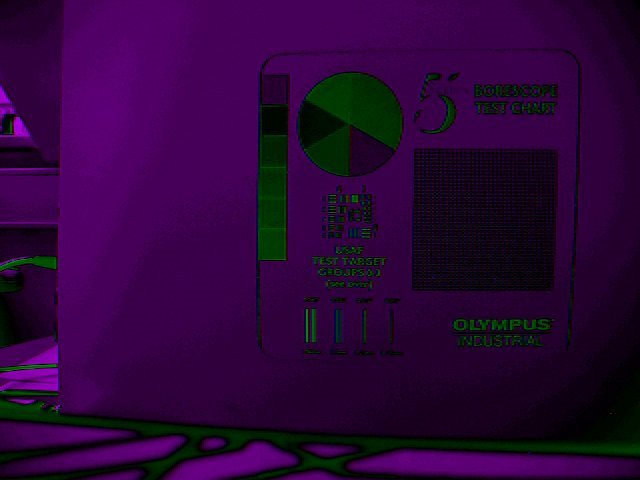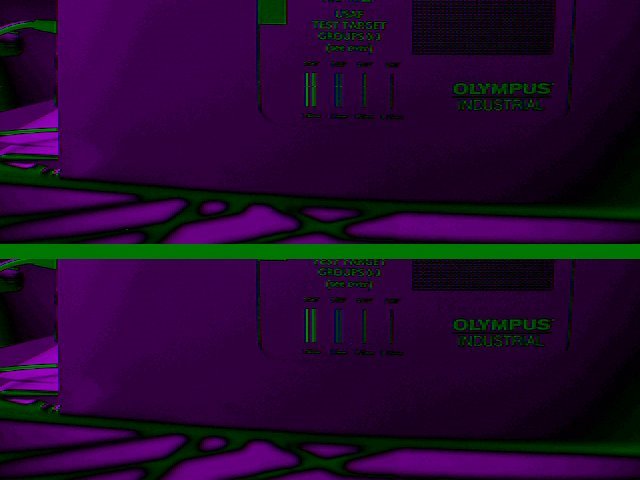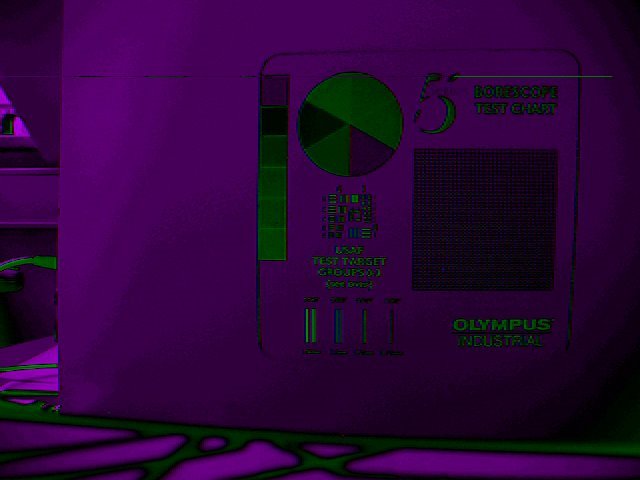Hi,
for my project I wrote a kernel module, which connects OMAP's ISP and DISPC to generate a video stream.
I get very strange artifacts in some pictures and I hope to get some new ideas for a solution.
My module reserves several frame buffers and handles ISP IRQ VDINT0 at the last line (line 480 when the vertical resolution is 480).
The handler writes to ISP register CCDC_SDR_ADDR the new buffer address (say buffer 1) and writes to the DISPC register DISPC_VID1_BA0 the address of the current buffer (lets say buffer 0).
But somehow I do get a lot of pictures in my stream which are sometimes cut in half, sometimes a line is missing, or an extra line appears in the picture and so on.
To see these strange effects I saved three buffers as jpeg image files (sorry for the weird colors, but for now I am only processing luminance data).
Can someone tell me what is going on in my stream?
If you want to have a look at my code, please ask for it.
Best regards
Sebastian
original (good) image:
cut image:
image with an extra line:




